Bunker des Lumières (빛의 벙커)
10.1Km 2025-03-26
2039-22, Goseong-ri, Seogwipo-si, Jeju-do
+82-1522-2653
An old bunker, which had once been a state-owned key communications facility, was reborn as Bunker des Lumières after being sold to a private group in 2012. Bunker des Lumières is an immersive media art project formed with the concept of art regeneration that integrates art, technology and music. Masterpieces of world-famous artists like Gustav Klimt and Vincent van Gogh are presented through projection mapping technology as a new way to approach and enjoy art. Immersive media art provides the experience of being not only visually but also synaesthetically immersed in art, thus helping the audience to easily understand and enjoy various artworks. Fast-paced videos backed up with magnificent music are also an element that cannot be left out of immersive media art. The venue turned a neglected space into an exhibit so it also serves the function of urban regeneration. It is exciting to peruse an artist's life and their world of art through a film-like video.
Bengdwigul Cave [UNESCO World Natural Heritage Site] (제주 선흘리 벵뒤굴 [유네스코 세계자연유산])
10.7Km 2022-12-27
Jocheon-eup, Jeju-si, Jeju-do
+82-1600-0064
With a total length of 4,481 meters, Bengdwigul Cave is shaped like a maze and has one of the most complex lava tube structures in the world. For geologists, this cave is invaluable since it demonstrates how lava continuously flowed over the surface of the ground and the complex route it took to eventually form a tube deep underground. Created particularly close to the earth’s surface, this cave has a number of entrance holes to the tunnel. Inside, the complex structure of the cave unfolds in the form of double-tiered or triple-tiered rooms. A range of lava formations such as lava columns and lava bridges have developed inside this mystical tube.
* The UNESCO World Heritage designated Geomunoreum Lava Tube System of Bengdwigul, Manjanggul Cave, Gimnyeonggul, Yongcheondonggul and Dangcheomuldonggul Caves.
Bijarim Forest (비자림)
10.8Km 2025-04-01
55 Bijasup-gil, Jeju-si, Jeju-do
+82-64-710-7912
Designated and protected as a Natural Monument, Bijarim Forest is home to 2,800 bija trees, ranging from 500 to 800 years in age, spread over 448,165㎡ land area. These majestic trees range from 7-14 meters in x_height, 50-110 centimeters in diameter, and 10-15 meters in crown x_width, so this forest is quite a rare example of its kind in the world. The berries of bija trees were used widely as a medicine used to kill parasites, while the wood was used to make premium furniture and go boards. Forest bathing in a bija forest helps to combat arteriosclerosis, mitigate physical and psychological fatigue, and restore the body’s rhythm.
Jeju World Natural Heritage Center (제주 세계자연유산센터)
11.0Km 2021-05-31
569-36, Seongyo-ro, Jeju-si, Jeju-do
+82-1800-2002
The Jeju World Natural Heritage Center was established to acknowledge Jeju Island’s value as the sole UNESCO World Natural Heritage in Korea. It is comprised of various facilities including a 4D video room, lava tunnel experience, origins of Jeju-do, and many other activities that visitors can experience first-hand. Jeju World Natural Heritage Center is located in the Geomunoreum Lava Tube System, which was designated as a UNESCO World Natural Heritage in 2007, one of the 20 ecological tourism spots selected by the Ministry of Environment of Korea in 2009, as well as a Korean-style ecological tourism model.
* Opening date: September 4, 2012
Geomunoreum Lava Tube [UNESCO World Natural Heritage Site] (거문오름 [유네스코 세계자연유산])
11.0Km 2025-03-13
569-36 Seongyo-ro, Jocheon-eup, Jeju-si, Jeju-do
+82-64-710-8981
Geomunoreum Lava Tube stands out as one of the distinct oreum (the Jeju language term for parasitic cones) on Jeju Island, marked by its extensive network of around 20 lava tubes running through the volcanic structure. This site is not only a geological marvel but also a sanctuary for diverse biological species. Visitors begin their journey at the Jeju World Natural Heritage Center, from where a path leads directly to the Geomunoreum Lava Tube. It is important to note that prior reservations are required to visit. The significance of this location as a key geological feature was recognized when it was designated as a UNESCO World Natural Heritage Site in 2007. Additionally, an international trekking event is hosted annually to celebrate its global importance.
Maze Museum (메이즈랜드)
11.1Km 2024-10-18
2134-47 Bijarim-ro, Gujwa-eup, Jeju-si, Jeju-do
+82-64-784-3838
Maze Museum, a comprehensive theme park, features the world's longest stone maze, spanning 5.3 km and themed around Jeju’s Samda—the island’s iconic triad of stones, wind, and women. Proudly showcasing Korea’s natural beauty, the park also houses a museum where visitors can explore the history of mazes, view artifacts, and solve puzzles dating from the 14th century to modern times. Constructed from local stones known for their high far-infrared ray emission and the western arborvitae trees, which release beneficial phytoncides, Maze Museum is an eco-friendly park designed with health benefits in mind, offering more than just walking mazes. The site is enveloped by a variety of 40-year-old trees, providing an ideal environment for forest bathing and immersing in nature.
Sangumburi Crater (산굼부리)
11.1Km 2024-11-28
768 Bijarim-ro, Jeju-si, Jeju-do
+82-64-783-9900
Sangumburi Crater has been designated as a Natural Monument. It is located on the southeast side of Jeju, and is a flat crater, about 650 meters wide, 100 meters deep, and 2,070 meters in circumference. If you look at the crater from above up, it looks like a man-made circular stadium. There is a variety of plant-life in the crater. On the north side, Nandaeseong vegetation such as red-thorn trees, and magnolia trees grow, along with the rare winter strawberries. On the south side of the crater, Ondaerim vegetation such as evergreens, maples, and mountain strawberry trees cover the area. Because so many different kinds of trees and plants grow in such a limited space, it attracts the attention of researchers as well.
Gwangchigi Beach (광치기해변)
11.4Km 2025-04-07
Goseong-ri, Seongsan-eup, Seogwipo-si, Jeju-do
Located on the way from Seongsan Ilchulbong Tuff Cone to Seopjikoji, Gwangchigi Beach marks the end point of Jeju Olle Trail Route 1 and the starting point of Route 2. It is known for its unique geological formation, where hot lava cools down immediately upon meeting the sea. During low tides, visitors can see hidden scenic spots. The frozen lava covered with green moss, creates a spectacular view. In particular, the stunning sunrise view with Seongsan Ilchulbong Tuff Cone in the backdrop attracts a lot of visitors. The beach is also known for its black sand. (Information courtesy: Visit Jeju)
Saryeoni Forest Trail (사려니숲길)
11.6Km 2025-04-01
Entrance of Bulgeun Oreum, Gasi-ri, Seogwipo-si, Jeju-do
+82-64-900-8800
Saryeoni Forest Trail cuts through the dense Japanese cedar forest growing between Mulchat Oreum and Saryeoni Oreum, starting from the entrance on Regional Road 1112. While the vast majority of the trees growing here are Japanese cedar, visitors can also see Japanese oak, birch, snowbell trees, and cypress trees along this 550-meter-long trail. The forest trail is known as one of Jeju's top 31 hidden attractions, and is well-known as being very protected. It is very popular among tourists who enjoy hiking and the outdoors.
Jeju Samdajang Gujwa Woljeong-ri Sehwa Bijarim (제주삼다장 구좌월정리세화비자림)
11.8Km 2023-11-06
15, Bijasup-gil, Gujwa-eup, Jeju-si, Jeju-do
Jeju Samdajang uses their special “jang,” fermented paste sauce made with ingredients from Jeju, to deliver exquisite flavors and specializes in marinated crab, which is highly regarded among aficionados. In fact, the restaurant exclusively uses seafood and shellfish sourced from the seas of Jeju. Visitors who like marinated crab can opt for the Samdajang Set (spicy marinated crab, octopus, and seaweed soup, abalone rice porridge, etc.), whereas fish lovers would be served very well by the Galchijorim Set (braised cutlassfish, octopus and seaweed soup, abalone rice porridge, etc.). Because the dishes are all prepared with fresh seafood caught from the seas of Jeju, they all boast rich flavors. Note that this restaurant offers delivery services, so customers can get their famous marinated blue crab, soy sauce-marinated abalone, and soy sauce-marinated shrimp delivered to addresses in Korea.

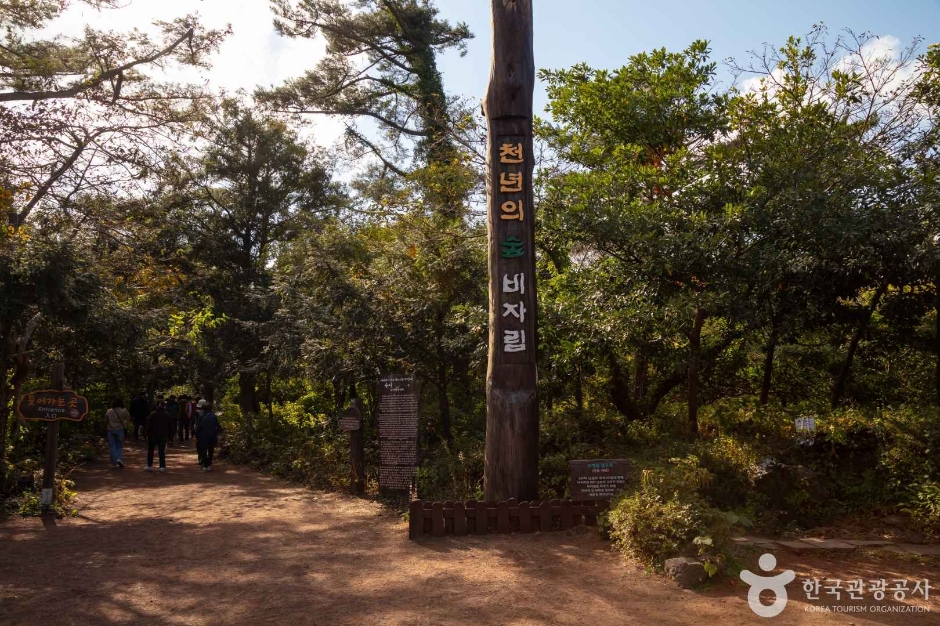
![Geomunoreum Lava Tube [UNESCO World Natural Heritage Site] (거문오름 [유네스코 세계자연유산])](http://tong.visitkorea.or.kr/cms/resource/61/2661661_image2_1.jpg)
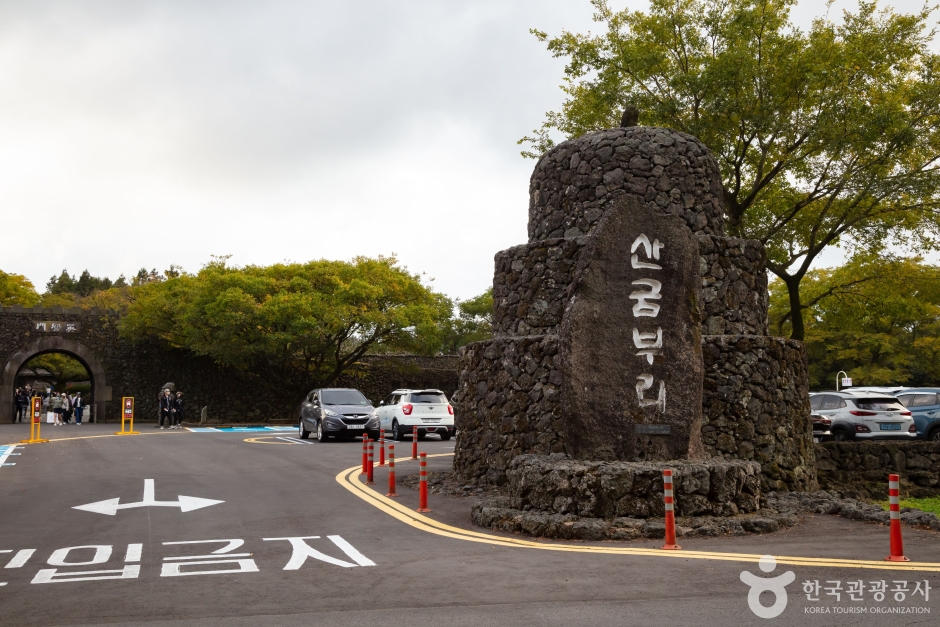
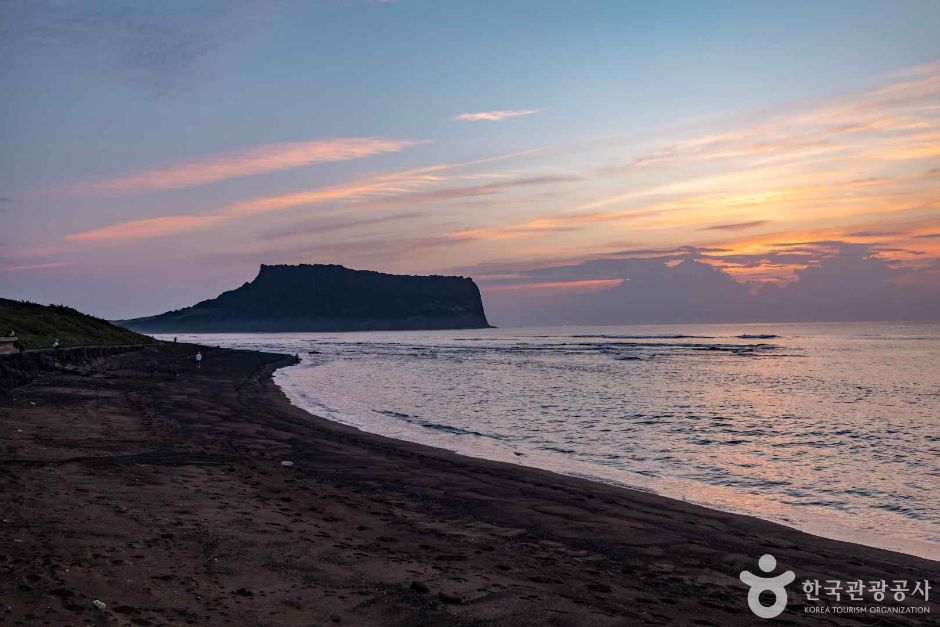
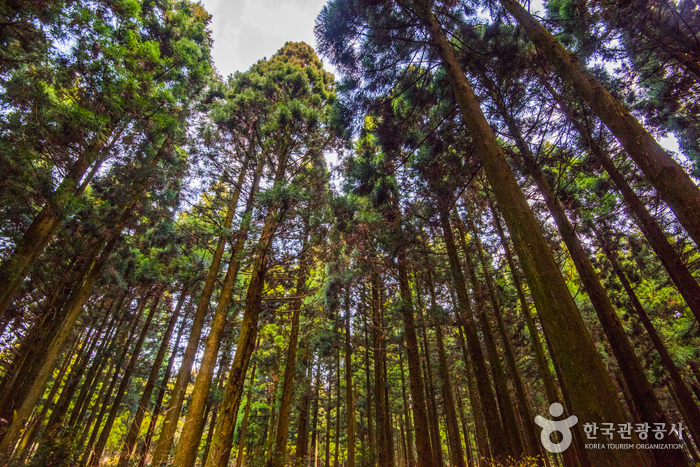
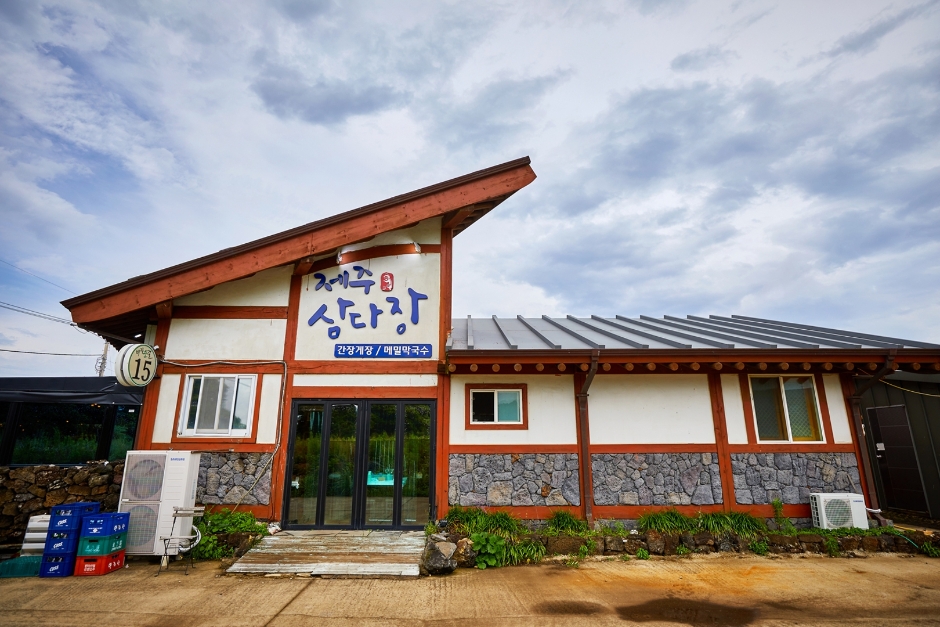
 English
English
 한국어
한국어 日本語
日本語 中文(简体)
中文(简体) Deutsch
Deutsch Français
Français Español
Español Русский
Русский